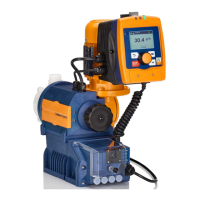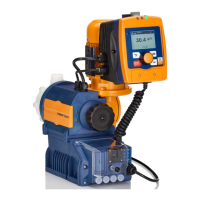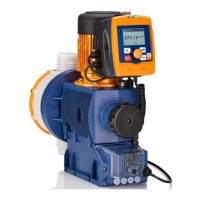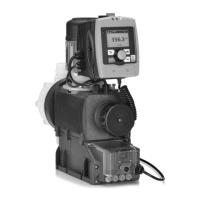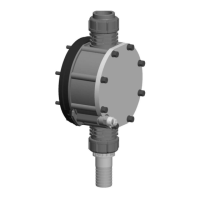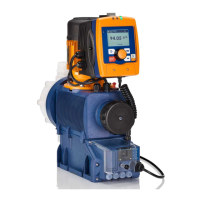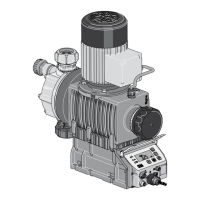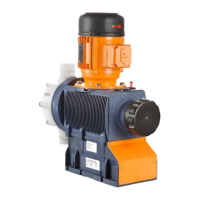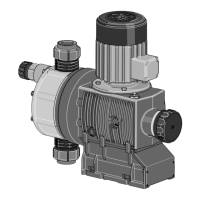12.1 Cleaning valves
Unsuitable spare parts for the valves may lead to prob‐
lems for the pumps.
–
Only use new components that are especially
adapted to fit your valve (both in terms of shape and
chemical resistance).
–
Use the correct spare parts kits. In the event of
doubt, refer to the exploded views and ordering
information in the appendix.
Only with the "Physiologically safe" design:
WARNING!
Product can be dangerously contaminated
Only use the spare parts from the "Physiologically safe"
spare parts kits.
Personnel:
n
Technical personnel
CAUTION!
Warning of personal injury and material damage
Feed chemical may escape from the liquid end, for
example, if ball valves not repaired correctly.
– Only use new components which fit your valve -
both in terms of shape and chemical resistance!
–
Note the flow direction of the discharge and suction
connectors when fitting the valve.
CAUTION!
Warning of feed chemical spraying around
PTFE seals, which have already been used / com‐
pressed, can no longer reliably seal a hydraulic connec‐
tion.
– New, unused PTFE seals must always be used.
Fig. 21: Simple cross-section through ball valve
1 Flat seal
2 Valve body
3 Valve ball
4 Valve seat
5 Valve cap
Repairing ball valves
Carrying out repairs
49
